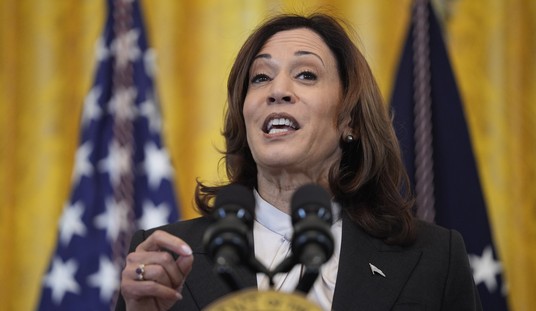Franklin D. Roosevelt understood what it meant to be a core Democrat and maintaining his party’s ranks.
He built winning coalitions around his policies by empowering previously suppressed groups, such as labor unions and urban ethnics. In the process, he created a 40-year dynasty for Democrats.
Today’s bunch? Not so much.
The problem for FDR’s party is that it hasn’t adapted swiftly enough to two realities – that jobs are the most important issue to the nation, and that the middle class (which Democrats claim to champion) is dissolving under its watch.
It seemed that Democrats may be starting to understand, when President Barack Obama kicked-off what is supposed to be a series of “main street” listening tours last week in Allentown, Pa.

Thirteen months after Democrats took over the entire federal government, fewer Americans identify themselves as members of their party, bucking a trend that began in 2004. A new poll by Rasmussen reports that the number of Americans calling themselves Democrats fell by almost 2 points, to 36 percent, last month alone.
Republican party-identity is lower than that of Democrats at 33.1 percent, an increase from 31.9 percent the previous month.
But here’s the kicker: The number of people who say they are not affiliated with either party is rising.
Both parties have an identity problem. Despite news stories on how fractured Republicans are, Democrats – the bigger of the two parties – have a larger problem. That’s because “bigger” tends to come at the price of homogeneity, so it’s harder to find a common thread among the Dems than among Republicans.
Recommended
Many populists in the “Tea Party” movement are the same people who used to indentify themselves as Democrats. They are moving away from their party (many reluctantly, especially in rust-belt states where you almost inherit party affiliation through family and community ties) because of the numerous agendas crowded into the party’s tent.
Political parties evolve depending on events, and the opportunity to construct coalitions around those events strengthens a party.
Democrats (excluding those in government jobs) aren’t seeing the up-side of an expensive federal stimulus package; they don’t see how cap-and-trade doesn’t cost jobs in their community. And the healthcare bill lost its luster when it became so politicized.
A distinct disconnect is emerging between Washington Democrats and more traditional Democrats who, whether they realize it or not, identify themselves primarily as Jeffersonian Democrats.
Until this year, the voter trend toward Democrats occurred in areas in which Republicans defaulted; Democrats picked up more of the highly educated and cosmopolitan populace (the idea and entrepreneurial classes) and, just like FDR, the ethnic and racial minorities. But they also gained the support of single women in the labor market and the “soccer moms” and “security moms” who previously voted Republican.
That left Republicans in the past two elections with the remnants of the “nostalgia class” and a party heading toward an unsustainable position, by neglecting changing American demographics and values they once represented.
Now, it may be independents who will win over the voters that Democrats and Republicans are losing by being unequivocally out of touch with the America that lives on the blue-colored highways of a Rand-McNally map.
The only road back from political oblivion may be for both parties to reinvent themselves.

























Join the conversation as a VIP Member